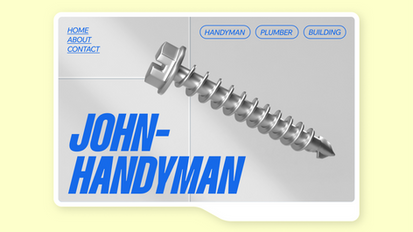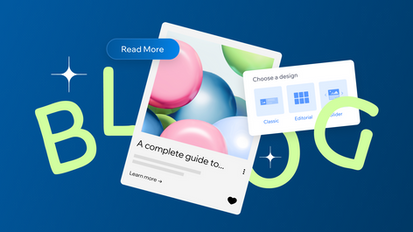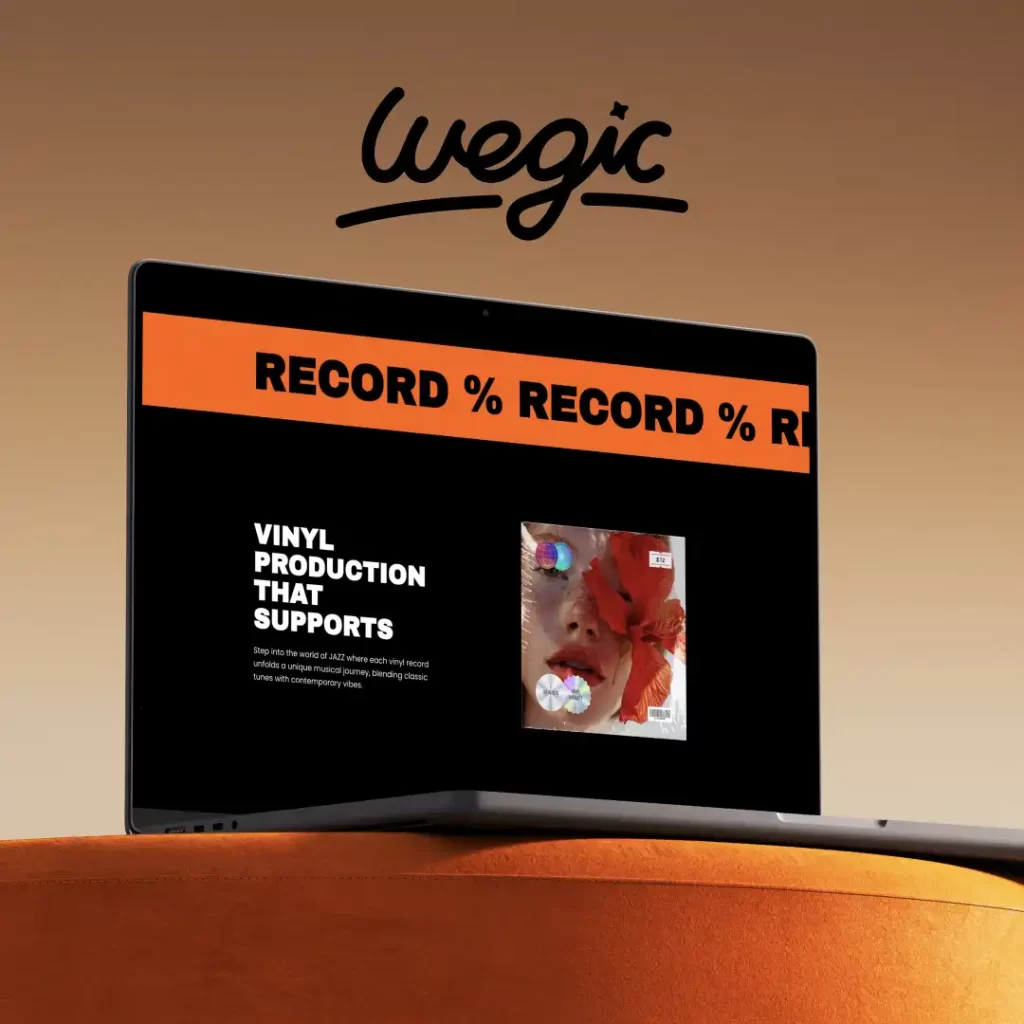A Beginner’s Guide to Bent Oregon Web Design
Bent Oregon Web Design Explained
Bent Oregon Web Design
Responsive web development is a crucial aspect of modern website design, as it ensures that a website can adapt to different screen sizes and devices. With the increasing popularity of smartphones and tablets, it has become essential for websites to be responsive in order to provide a seamless user experience across all devices.

Quick Bent Oregon Web Design Guide
Bent Oregon Web Design
When it comes to choosing a website builder, cost is a major factor to consider. While some platforms can cost hundreds of dollars per month, there are also cheaper options available that provide all the essential tools needed to create a professional-looking website. In this article, we will discuss some of the cheapest website builders on the market and explore their features and pricing options.
Wix is one of the most popular and affordable website builders available today. With plans starting at just $14 per month, Wix offers a user-friendly interface and a wide range of customization options. Users can choose from hundreds of templates, add features such as e-commerce functionality and social media integration, and even create a mobile-friendly version of their site. Wix also offers a free plan that includes Wix branding on the site, making it a great option for those on a tight budget.
Another affordable website builder is Weebly, which offers plans starting at just $6 per month. Weebly is known for its easy-to-use drag-and-drop editor, which allows users to quickly create a professional-looking website without any coding knowledge. The platform also offers e-commerce functionality, SEO tools, and customizable templates. Weebly’s free plan includes Weebly branding on the site, but users can upgrade to a paid plan to remove this branding and access additional features.
Squarespace is another popular website builder that offers competitive pricing starting at $12 per month. Squarespace is known for its sleek and modern templates, which are perfect for creative professionals and artists. The platform also offers e-commerce functionality, SEO tools, and analytics to track website performance. Squarespace’s plans come with a free custom domain for the first year, making it a cost-effective option for those looking to establish a professional online presence.
WordPress is a versatile website builder that offers a free plan, making it one of the most affordable options available. Users can choose from thousands of free and premium themes, add plugins for additional functionality, and customize their site to suit their needs. WordPress is ideal for bloggers, small businesses, and e-commerce websites, as it offers a wide range of features and customization options. While WordPress does require users to purchase a domain and hosting separately, the platform itself is free to use.
When choosing a website builder, it’s important to consider your budget, as well as the features and functionality you need for your site. While some platforms may offer cheaper plans, they may lack certain features that are essential for your website. Before making a decision, be sure to compare different website builders and their pricing options to find the best fit for your needs.
1. Minimalistic Design
One popular trend in web design is minimalism. A minimalistic design relies on clean and simple layouts, with a focus on white space and essential elements. This design approach ensures that the user’s attention is directed towards the most important information on the website. Minimalistic designs are visually appealing and easy to navigate, resulting in a better user experience.
2. Bold Typography
Typography plays a significant role in web design and can greatly impact the overall look and feel of a website. Bold and eye-catching fonts can make a strong statement and help emphasize key messages. Experimenting with different font styles, sizes, and colors can add visual interest to your website and make it more engaging for visitors.
3. Interactive Elements
Adding interactive elements to your website can enhance user engagement and make the browsing experience more enjoyable. Incorporating features such as sliders, animations, hover effects, and interactive buttons can make your website more dynamic and visually appealing. Interactive elements can also help guide users through the website and draw their attention to specific content.
4. Parallax Scrolling
Parallax scrolling is a popular web design technique that creates a sense of depth and movement on a website. This effect is achieved by moving the background content at a different speed than the foreground content as the user scrolls down the page. Parallax scrolling can create a visually stunning and immersive experience for visitors, making your website more memorable and engaging.
5. Dark Mode
Dark mode has become a popular design trend in recent years, with many websites offering a dark color scheme as an alternative to the traditional light theme. Dark mode is not only visually appealing but also easier on the eyes, especially in low-light environments. Implementing a dark mode option on your website can cater to the preferences of different users and provide a more customizable experience.
6. Mobile Optimization
With the increasing use of smartphones and tablets, it is crucial to ensure that your website is optimized for mobile devices. Responsive web design allows your website to adapt to different screen sizes and resolutions, providing a seamless experience across all devices. Mobile optimization is essential for reaching a larger audience and improving user engagement on your website.
7. Custom Illustrations and Graphics
Incorporating custom illustrations and graphics can add a unique and personal touch to your website. Custom artwork can help reflect your brand’s personality and values, creating a memorable visual identity for visitors. Whether it’s hand-drawn illustrations, infographics, or animations, custom graphics can enhance the overall look and feel of your website and make it more visually appealing.
8. Video Backgrounds
Using video backgrounds on your website can make a powerful impact and capture the attention of visitors. Video backgrounds can help set the tone for your website, convey a message, and create a visually engaging experience. Whether it’s a short looped video or a full-screen background video, incorporating multimedia elements can make your website more dynamic and interactive.
9. Accessibility Features
Web accessibility is an important consideration in web design, ensuring that people with disabilities can access and use your website effectively. Integrating accessibility features such as alt text for images, keyboard navigation, and screen reader compatibility can make your website more inclusive and user-friendly. By making your website accessible to all users, you can reach a wider audience and improve the overall user experience.
10. Personalization
Personalizing the user experience can help create a more engaging and tailored experience for visitors. Implementing features such as personalized recommendations, dynamic content, and targeted messaging can make your website more relevant and appealing to individual users. By leveraging data and user preferences, you can create a more personalized and interactive experience that keeps visitors coming back for more.

Bent Oregon Web Design FAQ
Bent Oregon Web Design
In today’s digital age, having a visually appealing and user-friendly website is crucial for the success of any business. A well-designed website can help attract new customers, build credibility, and increase conversion rates. However, designing a website is not as simple as it may seem. It requires a strategic and systematic approach to ensure that the final product meets the needs and expectations of both the business and its target audience. In this article, we will discuss the website design process in detail, outlining the key steps involved in creating a successful website.
Step 1: Define the Purpose and Goals
The first step in the website design process is to clearly define the purpose and goals of the website. This involves identifying the target audience, understanding their needs and preferences, and determining the desired outcomes for the website. For example, is the website meant to generate leads, drive sales, provide information, or showcase products and services? By having a clear understanding of the purpose and goals of the website, you can better tailor the design and content to meet these objectives.
Step 2: Conduct Research
Once the purpose and goals of the website have been defined, the next step is to conduct research. This involves analyzing the competition, researching industry trends, and gathering insights into the preferences and behaviors of the target audience. By conducting thorough research, you can gain a better understanding of what works and what doesn’t in your industry, helping you make informed design decisions.
Step 3: Create a Wireframe
After conducting research, the next step in the website design process is to create a wireframe. A wireframe is a visual representation of the layout and structure of the website, showing the placement of various elements such as navigation menus, headers, footers, and content sections. Creating a wireframe allows you to plan the overall design and functionality of the website before moving on to the visual design phase.
Step 4: Design the Visual Elements
Once the wireframe has been finalized, the next step is to design the visual elements of the website. This involves creating a visually appealing and consistent design that reflects the brand identity and resonates with the target audience. Elements such as color scheme, typography, imagery, and layout are carefully considered to create a cohesive and attractive design that conveys the desired message and engages users.
Step 5: Develop the Website
After the visual design has been approved, the next step is to develop the website. This involves coding the design into a functioning website using HTML, CSS, and other programming languages. During the development phase, the website is tested for functionality, responsiveness, and compatibility across different devices and browsers to ensure a seamless user experience.
Step 6: Test and Optimize
Once the website has been developed, it is essential to test and optimize its performance. This involves conducting usability tests to identify any usability issues, testing load times to ensure fast page speeds, and optimizing the website for search engines to improve visibility and accessibility. By testing and optimizing the website, you can ensure that it meets the needs and expectations of users, leading to better engagement and conversions.
Step 7: Launch and Monitor
The final step in the website design process is to launch the website and monitor its performance. This involves deploying the website to a live server, promoting it to the target audience, and tracking key metrics such as traffic, engagement, and conversions. By monitoring the performance of the website, you can identify areas for improvement and make informed decisions to optimize its effectiveness over time.




